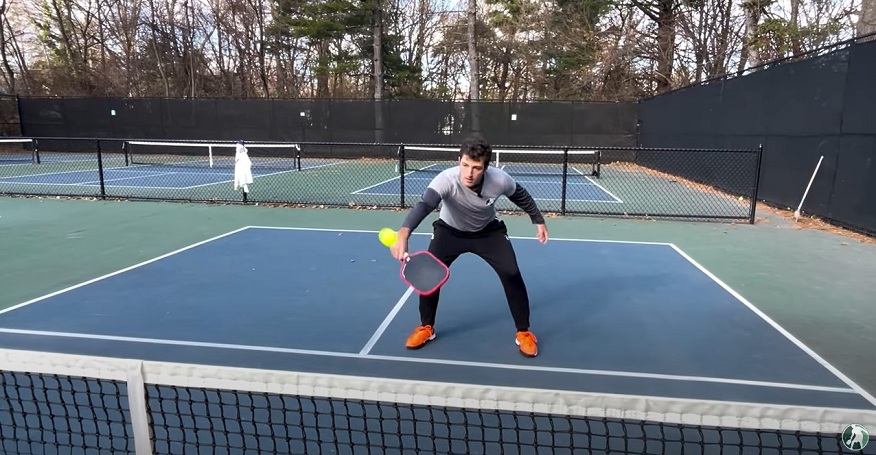Introduction
Pickleball, a sport combining elements of tennis, badminton, and table tennis, has rapidly grown in popularity across the globe. One key aspect of the game that sets it apart from traditional racquet sports is its unique scoring system. In this article, we will explore the intricacies of pickleball scoring rules, helping both newcomers and seasoned players understand the methodology behind the game’s scoring and how it impacts match dynamics.
Scoring in Pickleball: A Game to Eleven Points
Pickleball uses a rally scoring system, which means that points can be won on both the serving and receiving sides. To win a game, a team must reach a specific number of points, typically 11. However, there are some nuances to this basic structure.
Winning the Game:
To win a standard game of pickleball, a team must score exactly 11 points and have a two-point lead over their opponents. For example, if the score reaches 10-10, the game continues until one team leads by two points. This can result in a final score of 12-10, 13-11, and so on.
Side-Outs and Scoring:
Pickleball scoring operates on a rally system, meaning that a point can be scored by either the serving or receiving team. In contrast to some other racquet sports, where points are only awarded on the serving team’s side, pickleball keeps both sides engaged and scoring throughout the match.
When the serving team loses a point, a “side-out” occurs, and the receiving team gains the serve. This can lead to an interesting ebb and flow of scoring throughout a match, making pickleball an exciting and dynamic sport.
Serving Sequence:
The serving sequence follows a specific pattern that ensures both teams have an equal opportunity to serve and score. The sequence typically goes as follows:
- The serving team begins serving from the right-hand side.
- The receiving team receives the first serve.
- The serving team’s first server continues serving until they lose a point (a side-out occurs).
- After a side-out, the serve moves to the receiving team’s right-hand side.
- The receiving team’s first server becomes the new server.
- The sequence continues in this manner throughout the game.
Changing Sides:
In doubles pickleball, players are required to change sides at specific points in the game. This rule ensures that environmental conditions, such as wind and sun, impact both teams equally. The most common times to change sides are:
- After the first server (Side A) scores a point.
- After the third server (Side A) scores a point.
- After every four subsequent points.
- Changing sides helps maintain fairness and balance in the game.
Scoring Rules in Tiebreak Situations
While the standard scoring system for pickleball games involves reaching 11 points with a two-point lead, tiebreak situations have their own unique set of rules:
12-Point Cap Tiebreak:
If a game reaches a score of 11-11, the game continues until one team scores 12 points and leads by at least two points. This is known as a “12-point cap tiebreak.”
The team that receives the first serve in the tiebreak is determined by a coin toss or other random method.
15-Point Cap Tiebreak:
In some tournaments or under specific rules, a 15-point cap tiebreak may be used. In this case, the game continues until one team reaches 15 points and has a two-point lead.
Read More: Unveiling the Mystery: How Many Cigars are in a Box?
Sudden Death:
In informal or recreational settings, players may choose to play a “sudden death” tiebreak, where the first team to score any point after reaching 11-11 wins the game. No two-point lead is required in this case.
Conclusion
Pickleball’s scoring rules are unique, engaging, and crucial to the game’s dynamic nature. The rally scoring system, where both the serving and receiving teams have an opportunity to score, keeps matches exciting and unpredictable. Understanding how to win a game, the serving sequence, and when to change sides is fundamental to becoming a skilled pickleball player.
Tiebreak situations add an extra layer of suspense to pickleball matches, with various methods available to break ties and determine the game’s winner. Whether you’re playing for fun with friends or in competitive settings, knowing the ins and outs of pickleball scoring rules will enhance your enjoyment of the sport and contribute to your success on the court.
So, the next time you step onto the pickleball court, you’ll not only be well-prepared to score and win games, but you’ll also appreciate the excitement and strategy that make pickleball one of the fastest-growing and most enjoyable sports in the world.


